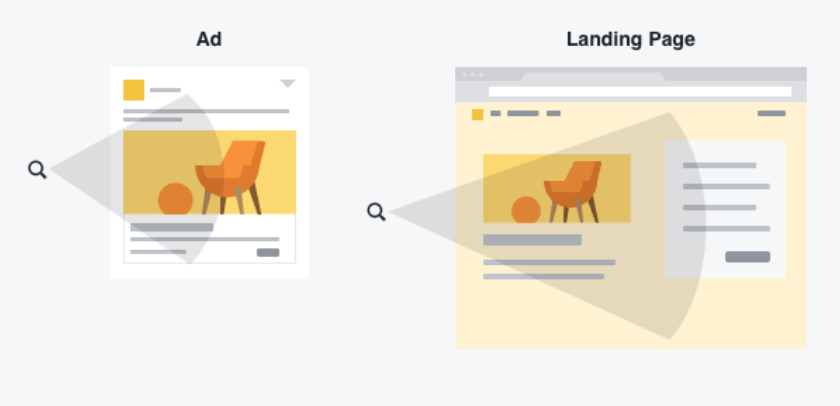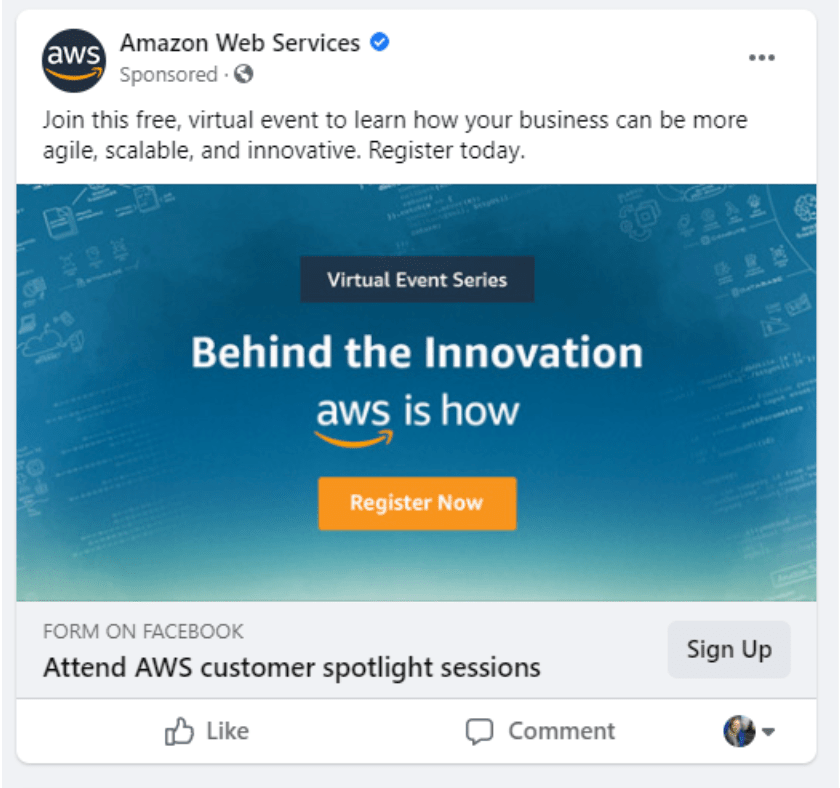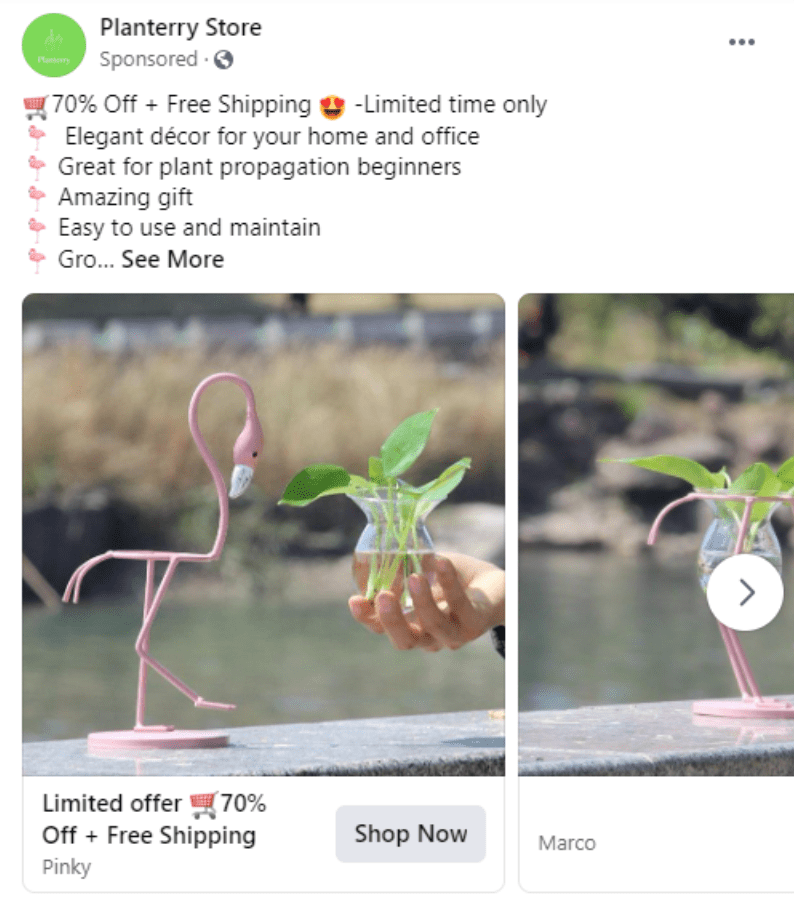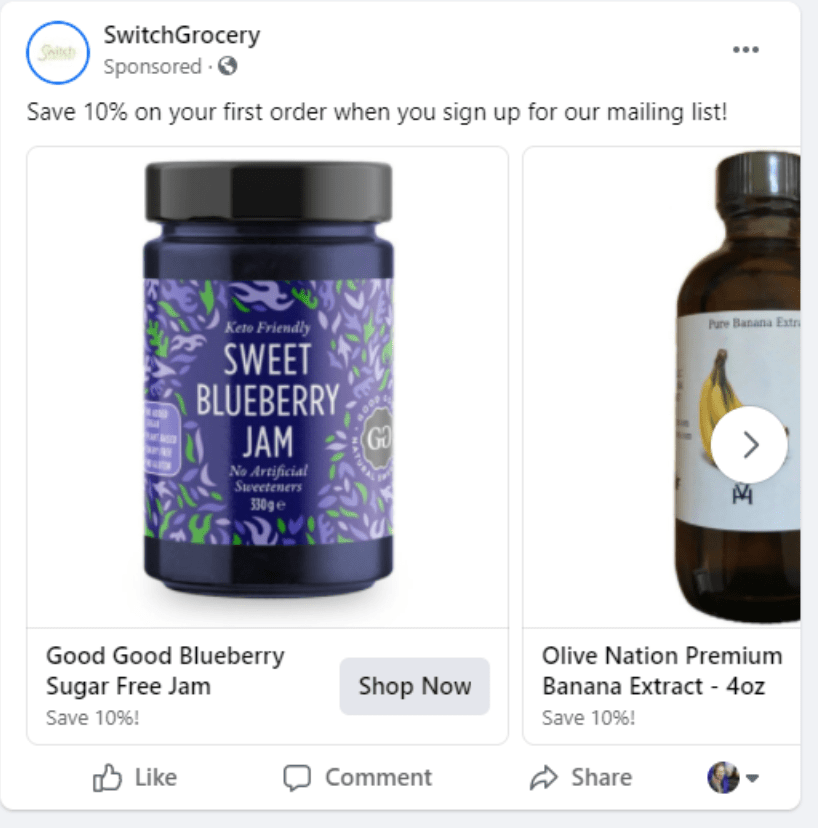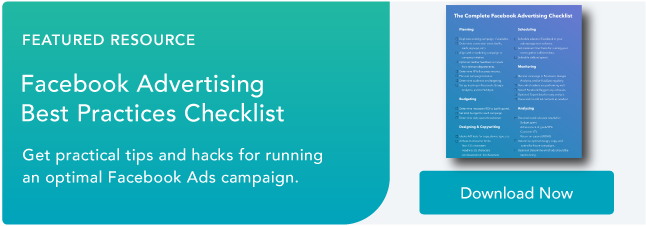How to Get Your Facebook Ad Approved [+ 4 Best Ad Practices]
April 12, 2021 5:04 PM — Posted by signsanaheim — Posted at business signage ,irvine sign companyFacebook ads can generate awareness, bring in leads, and convert prospects … but only you can get them approved.
In our 2020 “Not Another State of Marketing Report,” we found that more than one in three marketers listed Facebook ads as their best performer in terms of ROI. That’s a higher ratio than Google Paid Search or Instagram.
Over 3 million businesses used Facebook’s advertising platform in 2020 and 78% of American consumers say they’ve discovered products on Facebook in the past. Whether you’re already one of them, or if you’re just getting started on Facebook advertising, understanding Facebook’s ad approval process is paramount to success.
Below, we identify the common causes for rejection, what you can do if your ad is rejected, and some best practices to follow to ensure success.
How to Get a Facebook Ad Approved
In theory, Facebook’s approval process is straightforward:
- Submit an ad that adheres to Facebook’s advertising guidelines. New and edited ads will both go through the same review process.
- Facebook reviews ads using a combination of bots and manual reviewers.
- Your ad is either approved or denied. You’ll be notified when the decision is made, and ads that were approved will go live.
However, the review process in step two can seem like a bit of a black box. What points do Facebook’s approval team take into account while doing reviews? How long will this process take? Let’s take a closer look at the review process, and what you can do to ensure your ad makes it through.
How long does Facebook’s ad review process take?
Most ads are reviewed within 24 hours, according to Facebook’s Advertising Policy, and you’ll receive an email or notification with the results of the review. However, it’s not uncommon for ad review to take up to a few days. That’s why it’s important to plan ahead and try to follow the rules.
- New ad campaigns tend to get reviewed for longer. However, if you have a long history of publishing ads successfully, you’ll see your review time shorten.
- Ads are manually reviewed, so if more people are submitting ads for review, there can be a longer wait time. Expect to wait longer during holiday seasons.
- If you’ve submitted an ad to go live as soon as possible, it will be published as soon as the review process is complete and the ad is approved.
Why was my Facebook ad not approved?
There are many reasons why Facebook rejects an ad, including:
- Selling products not allowed on Facebook (tobacco, illegal products or services, weapons, etc …).
- Making sensational claims, using click-bait, or promoting misinformation.
- Ads not following Facebook’s advertising guidelines, such as branding requirements and text restrictions.
- Disruptive or low quality content that negatively impacts a Facebook user’s experience.
Fortunately, you don’t need to figure out the reason for the rejection yourself. If your ad is rejected, you can review the reason for the rejection and either request another review or edit your ad to fit within Facebook’s policies. To review your ad status, or request an appeal, head to the Account Quality page in your Facebook account.
Four Common Reasons for Rejected Facebook Ads
A number of Facebook’s advertising policies can be confusing at first glance. Let’s break down these common reasons for rejections to understand how you can get your ad approved faster.
1. There’s too much text on the image.
Facebook’s ad policy states that your image may not have text over 20% of the area. While it may be tempting to try and fit more information into your image, remember that a picture is worth a thousand words.
Images are more engaging than text-based ads and result in higher click-through rates. Even if it wasn’t a Facebook policy, we’d recommend reducing the amount of text on your ads.
2. Landing pages are not functional.
Your ad copy is not the only thing that matters when it comes to getting your ad approved. Facebook also examines the landing page to which you’re sending people. If the landing page is substantially different from what you’re advertising, you can expect your ad to be rejected.
Resist the temptation to be overly clever and pull a bait-and-switch with your ads (i.e., advertising to lose the dead weight and linking to a divorce attorney’s site). Your landing page URL should also be reflective of the copy on the page.
Image source
Finally, make sure your landing page is functional. If customers have to click through pop-ups to get to the content, or there are dead links on the page, Facebook will potentially deny your ad.
3. Ad copy is overly personal.
Wait, isn’t personalization what customers want? Yes, but only when they have expressly given the permission for their data to be used. When an unknown advertiser (a third party) uses data, it can seem creepy or overreaching.
A study published in Harvard Business Review found that when “unacceptable, third-party sharing had occurred, concerns about privacy outweighed people’s appreciation for ad personalization.” In other words, users don’t feel comfortable when advertisers seem to have access to more personal data than they have directly disclosed with them.
This is one of the reasons Facebook won’t approve ads that directly reference a user’s personal information. According to Facebook’s policies, “ads must not contain content that asserts or implies personal attributes.”
For example, ad copy stating a user’s age or sexual orientation would not be allowed. While you may want to attract single 20-somethings to your hip new bar, you wouldn’t be able to say “Hey single lady! Your 20s are the time to live it up. Visit O-Town Pub tonight!” However, you can still narrow your ad audience to females in their 20s.
Yes, you should still try to direct your advertisements to your target audience. But avoid the “creepy” factor.
4. Facebook’s brand guidelines weren’t followed.
Facebook offers a number of guidelines about how to refer to them. In general, ads should avoid suggesting they are related to Facebook, adding the Facebook logo, or making Facebook branding the main focus of the ad. Additionally;
- Don’t pluralize Facebook or abbreviate it as “FB”.
- Don’t use the “f” or Facebook logos in place of the word “Facebook” in ad copy.
- Don’t change Facebook’s brand colors, even for animation purposes.
Four Best Practices for Facebook Ads
Creating an ad that will perform well goes a long way to creating an ad that will get approved. Facebook wants its users to have a positive experience when interacting with ads.
If users can discover new products and services through Facebook ads, they’ll continue to engage with the platform. Following these best practices for Facebook Ads will ensure a positive experience for your visitors, along with a strong conversion rate.
1. Think visually.
Facebook ads compete for your audience’s attention alongside all the other posts on Facebook: pictures of your friends’ kids, amazing pictures of nature, and tons of pet pictures. How is your ad going to catch the attention of your target customer? It has to be visually appealing.
Check out the below video from Chive, which sells plant pots. The big green plant catches your eye right away, while the motion keeps your attention. This is a great, simple but visually striking advertisement.
2. Have a clear call to action.
What do you want your audience to do next? Should they like your Facebook Page? Download a free template? Sign up for a newsletter? Having a direct call to action will promote more engagement. Tell your customers what to do next, then make it very easy for them to follow through.
According to AdRoll, adding a call-to-action button boosts click-through rate by 2.85 times. The advertisement below is taking advantage of Facebook’s call-to-action buttons by inviting users to sign up for a free virtual event.
3. Keep it relevant.
With Facebook Pixels and extensive ad targeting options available, there is no reason to promote irrelevant content or offers. The best offers are hyper-targeted to your ideal customer, based on their past site activity and their likes. For example, this advertisement for plant propagation decor is very relevant to me, because I’ve purchased from online plant nurseries before.
4. Provide value.
Why should a customer click through to your landing page? Do you have information they need? A product that is going to solve their problems? Or are you offering a deal? Know what value you provide customers, and make it clear in your advertisement.
The below example from an online grocery store offers delicious food, with a 10% discount on the first purchase. That’s worth signing up for.
Get Started with Facebook Ads
Understanding their policies will get your Facebook Ads approved faster and more reliably. Follow the tips above for better results when advertising on Facebook.
from Irvine Business Signs https://ift.tt/3mDrNWW
via Irvine Sign Company

